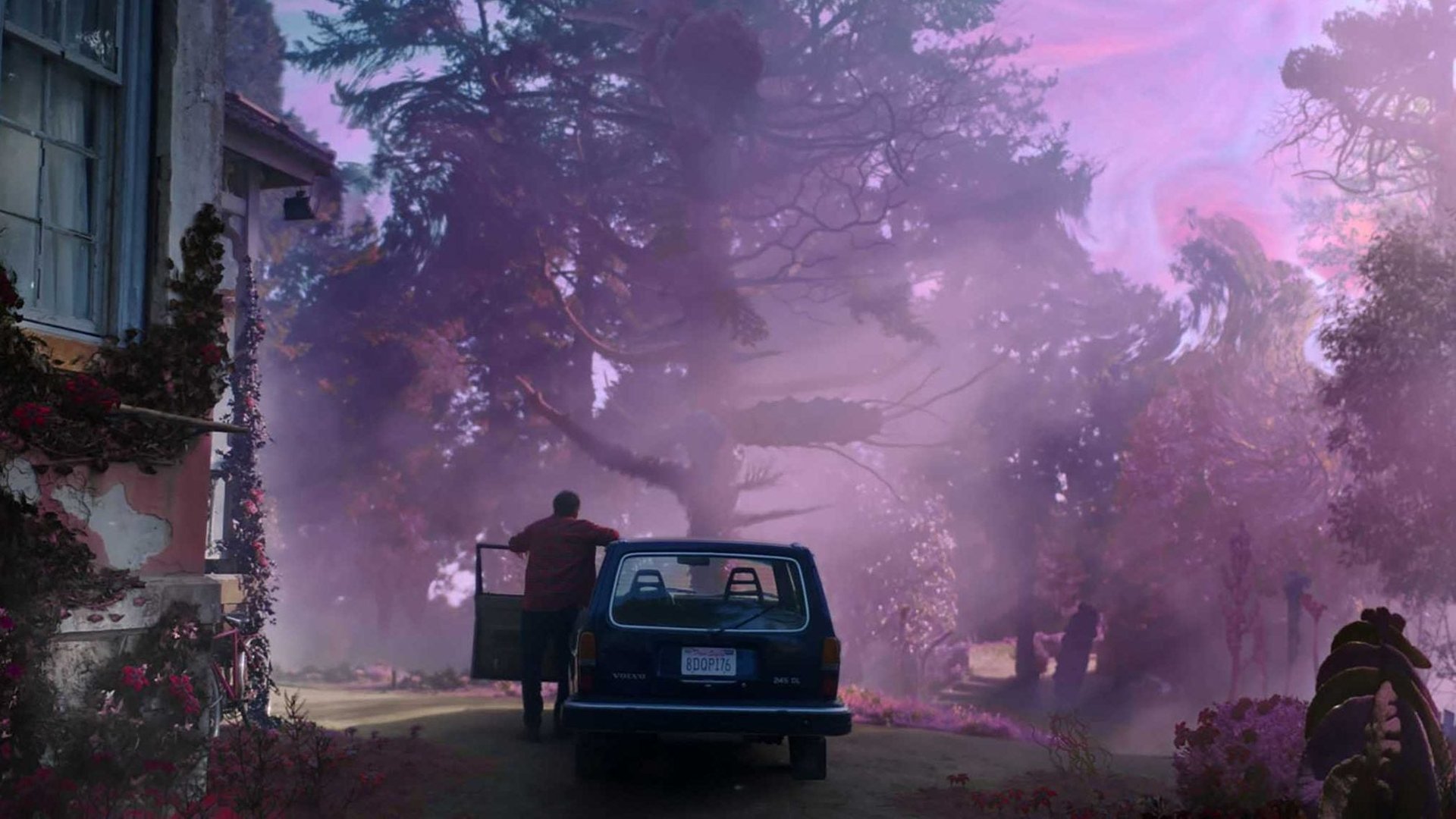Why filmmakers are still drawn to H.P. Lovecraft, racism and all
This story includes essential plot details from the recent film Color Out of Space.


This story includes essential plot details from the recent film Color Out of Space.
H.P. Lovecraft died more than 80 years ago, but his work has never been more popular.
Jan. 25 marked the opening of Color Out of Space, the latest in a wave of films inspired by or directly adapted from works by the horror writer. Directed by Richard Stanley, who’s best known for making the genre-bending 1990s cult favorites Hardware and Dust Devil, Color Out of Space attempts to do what many previous Lovecraft adaptations could not: successfully translate the author’s famous brand of “cosmic horror” to the screen.
Lovecraft’s appeal is so enduring that filmmakers are willing to contend with his history of racism, a legacy so toxic that—had it belonged to a lesser author— Hollywood would probably be reluctant to confront it.
The appeal of Lovecraftian horror inherently lies in the unknowable, the places in our subconscious we try not to think about. In many of Lovecraft’s stories, characters become aware of the existence of entities beyond their capacity to understand. These entities often take the form of grotesque creatures—the only way the mind can process them. But humans don’t—and can’t—really know what they are or what they want, if anything. The mere awareness of their existence—the idea that things inconceivably vast and dreadful are among us—is enough to drive Lovecraft’s protagonists into madness.
And that’s exactly what happens in Lovecraft’s 1927 short story “The Colour Out of Space,” on which Stanley’s film is based. After a meteorite crashes into farmland in the backwoods of Massachusetts, the land begins to transform in strange ways, and the small family who lives there goes insane. They’re only able to describe the thing brought by the meteorite as a “colour” that exists outside the visible spectrum.
In the movie Color Out of Space, the titular entity is depicted as a pinkish-purplish, swirling ultraviolet light. While rendering the thing on screen inevitably lessens some of the mysterious power it wields on the page, Stanley is still mostly successful in maintaining the story’s overwhelming sense of dread. Seeing the family slowly come to terms with their inability to comprehend this entity is far more unnerving than the gimmicky jump scares of many other popular horror movies.
Adapting Lovecraftian horror to film can be challenging for that reason—but it can also be liberating. It creates limitless possibilities for what these things might look like, how they behave, and how humans react to them. The 2018 sci-fi film Annihilation, though based on the book of the same name by Jeff Vandermeer, comes across as a stealth adaptation of “The Colour Out of Space.” In it, an alien form transforms an uninhabited stretch of American coastline—as well as the team of scientists who explore it. One by one, they succumb to the form’s unknowability. It appears indifferent to humans and to the planet. That indifference, again, is scarier than the pure evil entities of most other popular horror. At least we can understand evil. At least it usually has a name and a face.
Since then, Hollywood has churned out several films and TV series inspired by Lovecraft. Bird Box, Stranger Things, Aquaman, and The Lighthouse all borrow from Lovecraft’s approach. This month, the sci-fi horror film Underwater made its Lovecraftian influence more explicit—the giant, octopus-like creature at the end of the film is supposed to be Cthulhu, perhaps the most well known of Lovecraft’s cosmic entities.
Wrestling with Lovecraft’s racism
But with this wave of Lovecraft adaptations have come more scrutiny of the author’s odious racism. Lovecraft was an unabashed racist, xenophobe, and anti-semite. He compared black people to “beasts,” apologized for the perpetrators of lynchings in the American South, and frequently argued against interracial marriage, believing it a threat to the purity of his race. For a long time, Lovecraft adaptations ignored this aspect of his worldview, but some recent ones have found clever ways to subvert his racism.
Stanley’s film makes subtle choices that would have appalled Lovecraft. For one, he makes one of the main characters—a young hydrologist investigating the water supply near the family’s home—black. That character also strikes up a flirtatious relationship with the white daughter. (Major spoiler alert: He’s also the only character to survive, which not only upends Lovecraft’s view of the world, but also subverts the horror genre’s longstanding tendency to devalue its minority characters.)
Several other filmmakers are figuring out how to depict cosmic horror while simultaneously undercutting the Lovecraft’s putrid views, the Verge pointed out last year. The Amazon series Carnival Row, upcoming HBO series Lovecraft Country (produced by Jordan Peele) and novelist N.K. Jemisin’s upcoming trilogy each take aim at the Lovecraft tradition.
“This is deliberately a chance for me to kind of mess with the Lovecraft legacy,” Jemisin, who is black, told Publishers Weekly last week. “He was a notorious racist and horrible human being. So this is a chance for me to have the ‘chattering” hordes’—that’s what he called the horrifying brown people of New York that terrified him. This is a chance for me to basically have them kick the ass of his creation.”